Pizza. The perfect food for sitting alone on your couch, reunion events, frat parties, crying over your physics homework, etc. What would the world do without it? After living in Europe for ten years (including eight years in the mecca itself, Italy), I thought I knew it all when it came to these wondrous slices of happiness, and that it could easily be reproduced in whatever kitchen was available, no matter the country.
Well, that’s not entirely true.
Now, don’t get me wrong. I’ll have the occasional slice of Papa John’s, but after being disappointed multiple times when trying to eat out at so called “Italian restaurants” when I moved to the United States, and buying frozen DiGiorno stuffed crust pizzas from our local Costco, my family decided to pull out the cookbooks and phone numbers of our neighbors and friends from Pedemonte, Verona to recreate the true European experience.
In doing so, and making homemade pizza for some time now with my family at our house in Virginia, I came by a couple of tricks and differences in European recipes that may seem completely out of the ordinary, but that make a huge difference when cooking your own perfect pie.
1. Use a grill
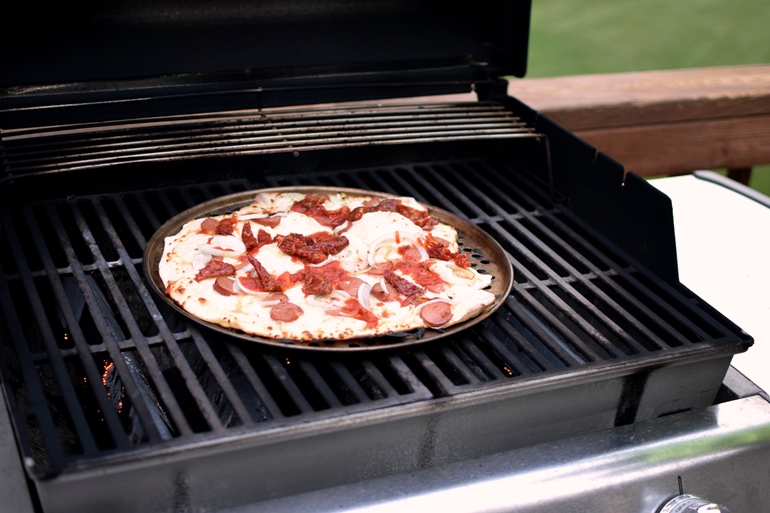
Photo by Mireille Heidbreder
You are probably thinking, “why would I ever want to grill my pizza? Have you ever heard of the word oven?” A few years ago, I would have been asking the same questions. One cooks pizza and breads in only, and just only, an oven.
However, unless you have your own personal 900˚F brick oven (which you might), you are actually better off putting your pizza on a rack, cooking stone, or pizza pan and throwing it on your dad’s grill. Leave it in for a few minutes (90 seconds tends to do the trick) and you have a beautifully cooked pizza with a slightly charred bottom and crunch, just enough to hold your toppings without sadly sagging onto your plate.
2. The type of pan is everything
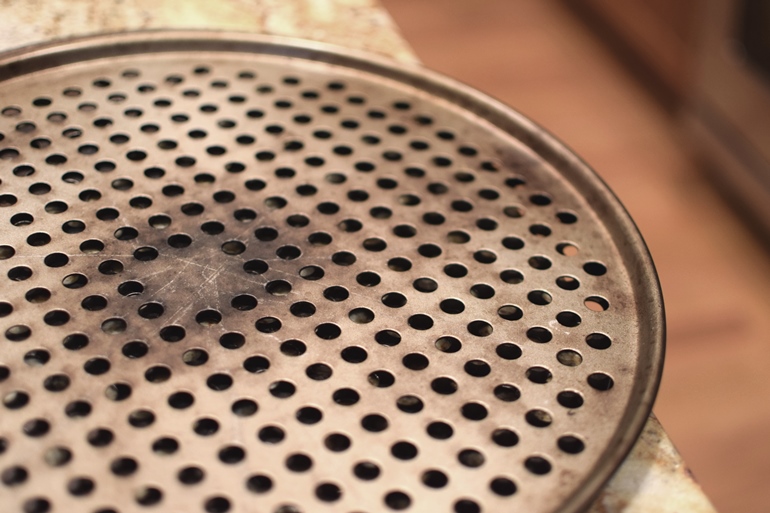
Photo by Mireille Heidbreder
When “cooking” ordinary pizza, shoving your frozen pie on a baking sheet in your oven is acceptable. But when making your own homemade dough I would suggest using a pizza pan or pizza stone. You are probably thinking, duh of course I would use a pan with the word “pizza” in it, but it is so crucial to use a cooking utensil like this because it makes sure that your crust doesn’t become excessively soggy or burnt.
A metal pan with holes or simply a circular stone “pan” will do the trick. As I mentioned above, it is crucial to use this type of pan or stone if you decide to cook via the grill (no exceptions), otherwise you may end up with a charred fireball instead of your delicious homemade margherita pizza.
3. Put the sauce on top
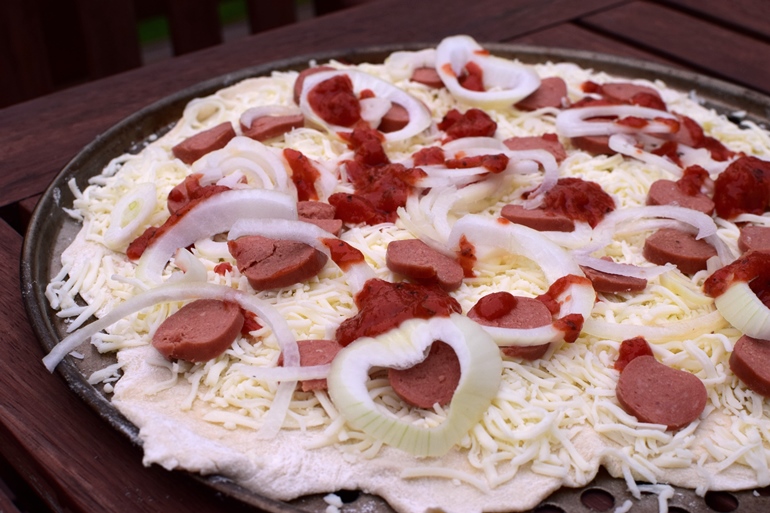
Photo by Mireille Heidbreder
The first time I saw my mother do this, even though she is a cooking goddess, I grabbed the jar of tomato sauce from her hands with tears threatening to form in my eyes. You may think this is savage, but I promise it works.
Since the sauce is now NOT the first thing you put on your pizza dough, the crust will not become soggy and the tomato sauce will not be overpowering and greasy. Instead, you will now be able to taste all of the flavors perfectly, and your crust will be nice and firm, even if you decide to re-heat your pizza the next day.
4. Get creative with your toppings
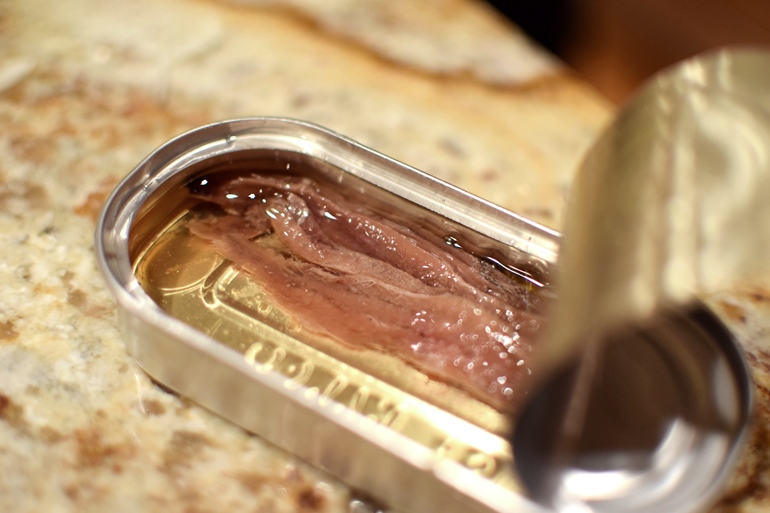
Photo by Mireille Heidbreder
Now, I’ve seen Americans go really insane with toppings. And I’m sorry to be cruel, but insane in a bad way. No hate towards Pizza Hut, but what were they thinking when they created the Royal Crust Cheese Burger Pizza?
On that note, Europe does tend to go out there sometimes as well. Even in Italy, where I’m surprised pizza isn’t consider a holy object, they do some pretty weird stuff to this dish. Imagine putting french fries on top. Or hot dogs. Or fried calamari. Or let anchovies melt into the cheese. I promise it tastes good, and not at all like you dumped canned fish on top of your doughy masterpiece. Make a dish on top of your pizza and you might just be pleasantly surprised.
5. Feel free to add some sweetness
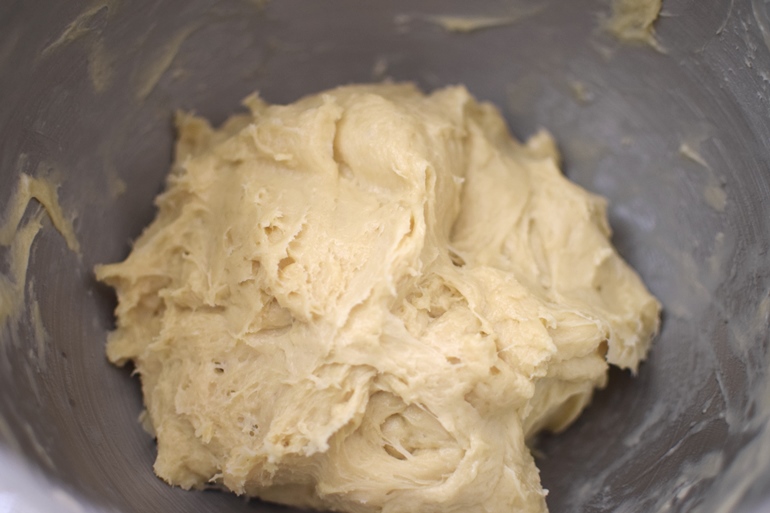
Photo by Mireille Heidbreder
You probably think I’ve taken it way too way far: pizza is supposed to be salty, not sweet, so why would adding sugar make any sense? Well, if you are studying chemistry, this may not seem like such a crazy idea.
If you add 2 teaspoons of sugar to your yeast and water mixture when making the dough (any traditional recipe will be sufficient), the yeast will immediately become thrilled that you’ve given it “extra food” and will eat absolutely every last grain of sugar you have given it. This translates to the dough rising more quickly and becoming even fluffier, resulting in the best crust you could ever ask for. So pack in those sugar packets.
#SpoonTip: Please don’t use any artificial sweeteners if you decide to do this with your pizza dough.
Keep these tips in mind next time you venture into the kitchen and feel adventurous. You might just create the best pie you’ve ever eaten.
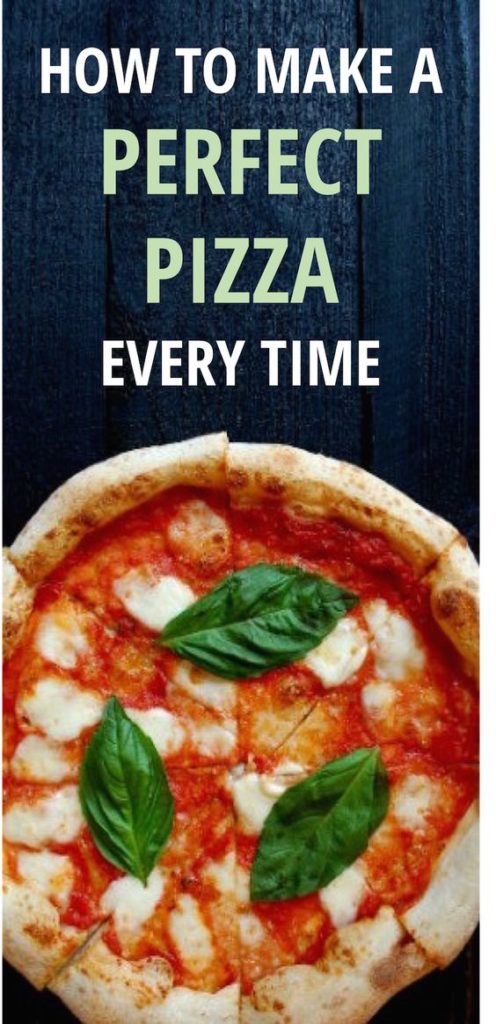
Graphic by Spoon University


